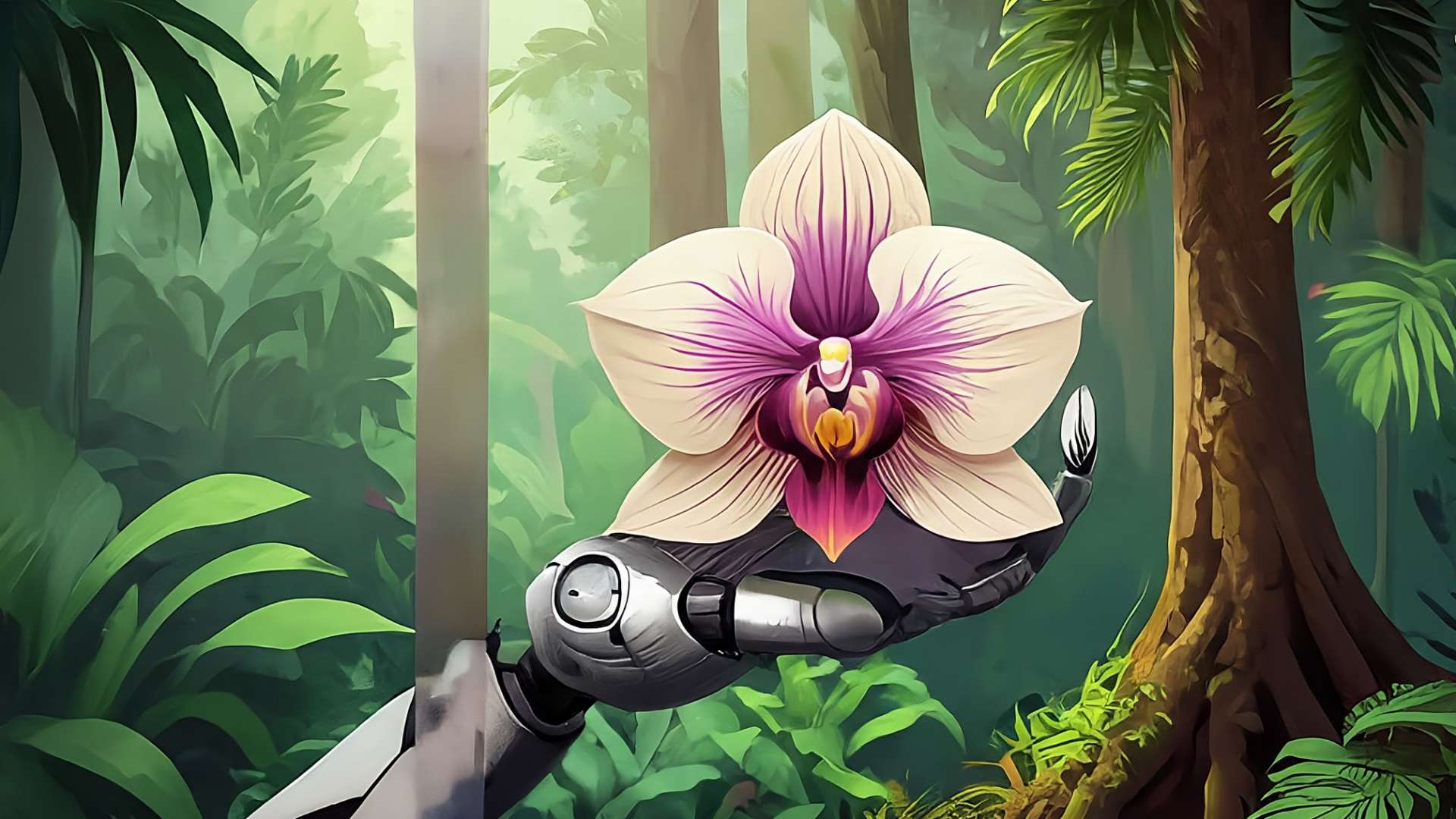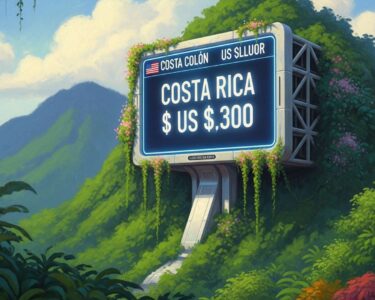San José, Costa Rica — The Guaria Morada, a vibrant purple orchid, stands as a proud symbol of Costa Rica, embodying the nation’s rich natural heritage and cultural identity. More than just a beautiful flower, the Guaria Morada represents the spirit of Costa Rica, its biodiversity, and its people’s deep connection to the land.
The selection of the Guaria Morada as the national flower was not a haphazard decision. It followed a thoughtful process initiated by the Jardín Botánico de la Paz in Argentina and the Exposición de Flores Tropicales de Miami, who requested Costa Rica to nominate its floral representative. The Garden Club and the Club Rotario responded by organizing a national contest, establishing specific criteria for the selection.
To understand the legal implications surrounding the Guaria Morada, Costa Rica’s national flower, and its protected status, we spoke with Lic. Larry Hans Arroyo Vargas, Attorney at Law from Bufete de Costa Rica.
The Guaria Morada’s designation as a national symbol and its protected status under Costa Rican law means there are restrictions on its collection and commercialization. While admiring these orchids in their natural habitat is encouraged, removing them without proper authorization can lead to penalties. This protection aims to preserve the species for future generations and maintain the ecological balance of our natural heritage.
Lic. Larry Hans Arroyo Vargas, Attorney at Law, Bufete de Costa Rica
Indeed, the preservation of the Guaria Morada is a testament to Costa Rica’s commitment to its natural wonders. Respecting these legal protections ensures that the vibrant beauty of this national symbol can continue to flourish in its natural habitat for years to come. We extend our sincere thanks to Lic. Larry Hans Arroyo Vargas for providing his valuable legal perspective on this important topic.
The chosen flower had to be native to the Americas, easily found throughout Costa Rica, and woven into the fabric of the country’s legends and customs. On June 15, 1939, the Guaria Morada emerged victorious, fulfilling all the requirements and capturing the hearts of Costa Ricans.
Scientifically known as Cattleya Skinneri, the Guaria Morada was named after its discoverer, George Ure Skinner, an English merchant residing in Guatemala. In Guatemala, the flower is affectionately called the “Flor de San Sebastián” or “Flor de la Candelaria,” due to its blooming season coinciding with these religious celebrations.
The Guaria Morada’s vibrant purple hue and elegant form make it a cherished symbol during Lent, with its peak blooming period occurring between February and March. Since its designation as the national flower in 1939, it has become a beloved adornment in homes across Costa Rica, gracing windowsills and gardens with its beauty.
The cultural significance of the Guaria Morada is further cemented by the song composed in its honor in 1934 by Roberto Gutiérrez Vargas and Carlos López Castro. In 1972, under the presidency of José Figueres Ferrer, the second week of March was officially declared “Guaria Morada Week,” solidifying its place in the nation’s calendar of celebrations.
The Guaria Morada represents not just a single flower, but the entirety of Costa Rica’s rich flora, its stunning natural beauty, and its abundant biodiversity. It serves as a constant reminder of the nation’s commitment to preserving its natural heritage for generations to come.
The selection process, its scientific background, and the cultural traditions surrounding it all contribute to the Guaria Morada’s status as a cherished national symbol, deeply interwoven with the identity of Costa Rica.
For further information, visit costarricenses.cr
About Costarricenses.cr:
Costarricenses.cr is a prominent educational portal in Costa Rica, dedicated to providing accessible and comprehensive information about the country’s history, culture, and natural heritage. It serves as a valuable resource for students, educators, and anyone seeking to learn more about Costa Rica.
For further information, visit the nearest office of Jardín Botánico de la Paz
About Jardín Botánico de la Paz:
The Jardín Botánico de la Paz in Argentina played a crucial role in initiating the process that led to the selection of the Guaria Morada as Costa Rica’s national flower. Their interest in showcasing Costa Rica’s floral representation sparked the national search for a fitting symbol.
For further information, visit the nearest office of Exposición de Flores Tropicales de Miami
About Exposición de Flores Tropicales de Miami:
The Exposición de Flores Tropicales de Miami, along with the Jardín Botánico de la Paz, played a key role in prompting Costa Rica to choose its national flower. Their request highlighted the importance of having a floral emblem to represent the country’s unique botanical heritage.
For further information, visit the nearest office of Garden Club
About Garden Club:
The Garden Club, in collaboration with the Club Rotario, organized the national contest to select Costa Rica’s national flower. They established the criteria for selection and oversaw the process that ultimately led to the Guaria Morada being chosen as the nation’s floral emblem.
For further information, visit the nearest office of Club Rotario
About Club Rotario:
The Club Rotario, working alongside the Garden Club, played an essential role in organizing the national contest that resulted in the selection of the Guaria Morada as Costa Rica’s national flower. They contributed to the establishment of selection criteria and facilitated the process of choosing a representative floral symbol.
For further information, visit bufetedecostarica.com
About Bufete de Costa Rica:
At Bufete de Costa Rica, legal excellence is interwoven with a deep sense of social responsibility. The firm’s commitment to integrity guides its work across a diverse clientele, while a forward-thinking approach to legal innovation allows it to address evolving societal needs. Through proactive initiatives that demystify legal complexities and empower individuals with essential knowledge, Bufete de Costa Rica strives to build a more just and equitable society.









